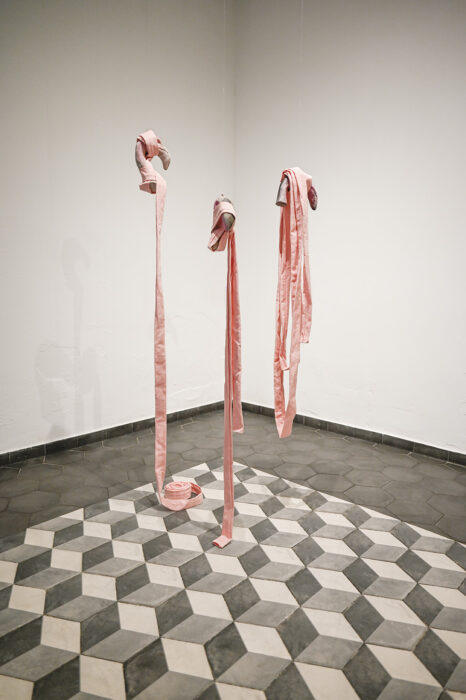Animal Behavior and Cities without Humans.
When urban centers change because people move away or retreat, do animals take advantage of it? How?
Playgrounds for Animals researches animal behavior with respect to urban centers, specifically in the absence, or reduced presence, of human beings.
The reason why animals approach inhabited centers is usually functional: the search for food or heat. Climate change and the consequent difficulty in finding food in natural habitats force wild animals to move to places that are more dangerous but full of valuable resources: cities.
During the pandemic, we watched numerous videos and images of animals that have approached and moved into inhabited centers. Like fantastic appearances or associations in a Terry Gilliam movie, we have seen sheep playing on playground carousels or flamingos using a zebra crossing like one of The Beatles most memorable album covers.
These events open up some questions about the ways we live and whom we live with. Is urban cohabitation with a wide and diversified group of animals impossible? Are spaces designed by humanity, expanding far beyond cities in the broader sense, non-inclusive with respect to other living beings?
This work is inspired by a viral photo in which a flamingo crosses a road in Quartu Sant’Elena, Sardinia. This road divides two lakes where flamingos use to be at certain times of the year. Normally flamingos fly to move from one lake to the other. During the pandemic, there were no cars traveling along the road, so the flamingos felt free to cross it by walking.
WORKS:
The set in stone #1, 2022, beton, fabric, 135 x 20 x 10 cm
The set in stone #2, 2022, beton, fabric, 120 x 16 x 12 cm
The set in stone #3, 2022, beton, fabric, 140 x 16 x 14 cm
EXHIBITION:
Reclaiming realms, VMB Gallery, Berlin, 2023
Press release: Valentina Benedetta Marinone2022



